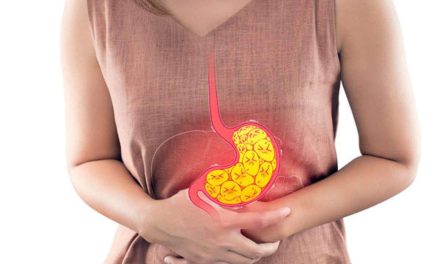Acid reflux, also known as GERD, can be quite a bother. But don’t worry, there are a number of ways to treat it: lifestyle changes, medications, specific procedures, and even surgery. For many, a blend of healthy habits and medicine does the trick, but some might need more advanced treatment like surgery.
Here are some simple steps to manage GERD:
Lifestyle and Diet Adjustments: The first step in tackling GERD is making changes to your lifestyle and diet. Some foods and habits can make acid reflux worse, so here’s a list of things to do that might help:
Weight Loss: If you’re overweight, shedding some pounds is the most effective step you can take to ease GERD symptoms.
The Magic of a Wedge Pillow: Elevating your upper body when you sleep can make a big difference. A wedge pillow is a simple and cost-effective solution for this. By keeping your upper body raised, it’s harder for the stomach acid to come back up, reducing acid reflux at night.
Mindful Eating: Stay clear of foods and drinks that increase stomach acid, like those containing caffeine. Also, fatty foods, alcohol, and mint can decrease the pressure in your lower esophagus, which we want to avoid.
Watch Your Digestion: Some foods, like coffee and alcohol, can mess up the natural rhythm of your digestive system. Same goes for acidic liquids.
Avoid Large Meals: Try eating smaller meals more frequently instead of three large meals a day. This can help your stomach manage the amount of food and reduce the risk of acid reflux.
Quit Smoking: If you’re a smoker, this is a good reason among many to quit.
Rest Well: Do not lie down immediately after a meal and try to elevate your head when you do lie down.
Medications: If lifestyle and dietary changes aren’t enough, your doctor might suggest medication. Some medicines help to lower the acid in your stomach, while others help to increase the movement in your upper digestive tract. But remember, always consult with your doctor before starting any new medication.
Endoscopic Therapy: This is a less invasive procedure done with the help of an endoscope, which is a flexible, tube-like device with a light and camera. One type of this therapy is called Transoral Incisionless Fundoplication (TIF). This procedure uses a special device to fix or create a new valve that stops stomach acid from coming back up. This can often mean less pain, a quicker recovery, and shorter treatment time compared to traditional surgery.
There are also other new procedures being studied, like one where an endoscopic sewing machine is used to place stitches in the stomach to help stop reflux.
Surgery: When the other options don’t work or if you prefer not to take medicine for a long time, surgery might be the way to go. The goal of surgery is to strengthen the barrier that stops the acid from coming back up.
One common surgery is called a Nissen fundoplication. In this procedure, the surgeon wraps the upper part of your stomach around the lower part of your esophagus. This helps strengthen the barrier and can provide permanent relief from reflux. Often, this surgery can be done laparoscopically, meaning it’s less invasive and you can recover more quickly.
Lastly, it’s important to remember that acid reflux can affect more than just your esophagus. It can lead to inflammation in your throat and voice box, and even cause issues like bronchitis, asthma, or pneumonia. If these problems occur and there’s no clear reason, your doctor might suspect reflux and recommend treating it with medication.
Treating GERD can be a simple process of using a wedge pillow and adjusting diet, or it may require more serious intervention like surgery. Always consult with your healthcare provider to find the best treatment for you.


